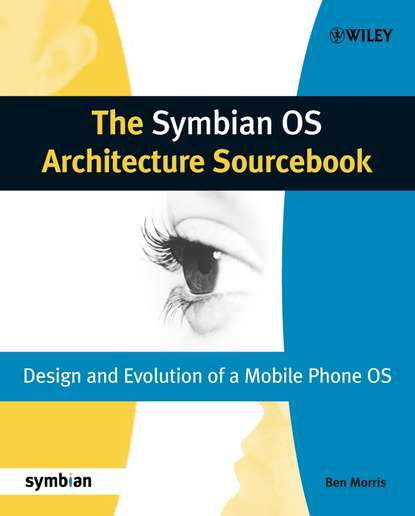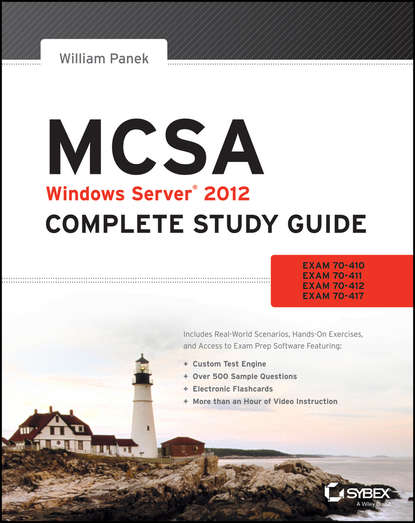Книга "The Symbian OS Architecture Sourcebook" не является пошаговым руководством по программированию, как большинство других книг издательства Symbian Press. Это книга о том, что и зачем, а не о том, как. Авторы книги рассказывают о том, каким образом была создана операционная система Symbian, как она развивалась и как устроена. Книга поможет понять, из чего состоит Symbian, как его компоненты связаны друг с другом и как с ними можно работать. Авторы также объясняют, почему были приняты те или иные архитектурные решения и делятся внутренними историями об их создании. Книга описывает архитектуру Symbian OS с помощью модели системы Symbian, которая показывает, как система разбивается на части, какую роль играют эти части, как они спроектированы, что мотивировало их создание и как этот дизайн эволюционировал через различные версии системы. В книге также описываются ключевые концепции системы и дизайн-шаблоны, которые используются в других операционных системах. Кроме того, книга содержит обширный справочный раздел, в котором перечислены все компоненты операционной системы и ее инструментальных средств, а также предоставляется ссылка на каждый компонент.
Электронная Книга «The Symbian OS Architecture Sourcebook» написана автором Группа авторов в году.
Минимальный возраст читателя: 0
Язык: Английский
ISBN: 9780470035757
Описание книги от Группа авторов
The current Symbian Press list focuses very much on the small scale features of Symbian OS in a programming context. The Architecture Sourcebook is different. It's not a how-to book, it's a 'what and why' book. And because it names names as it unwinds the design decisions which have shaped the OS, it is also a 'who' book. It will show where the OS came from, how it has evolved to be what it is, and provide a simple model for understanding what it is, how it is put together, and how to interface to it and work with it. It will also show why design decision were made, and will bring those decisions to life in the words of Symbian's key architects and developers, giving an insider feel to the book as it weaves the «inside story» around the architectural presentation. The book will describe the OS architecture in terms of the Symbian system model. It will show how the model breaks down the system into parts, what role the parts play in the system, how the parts are architected, what motivates their design, and how the design has evolved through the different releases of the system. Key system concepts will be described; design patterns will be explored and related to those from other operating systems. The unique features of Symbian OS will be highlighted and their motivation and evolution traced and described. The book will include a substantial reference section itemising the OS and its toolkit at component level and providing a reference entry for each component.



















